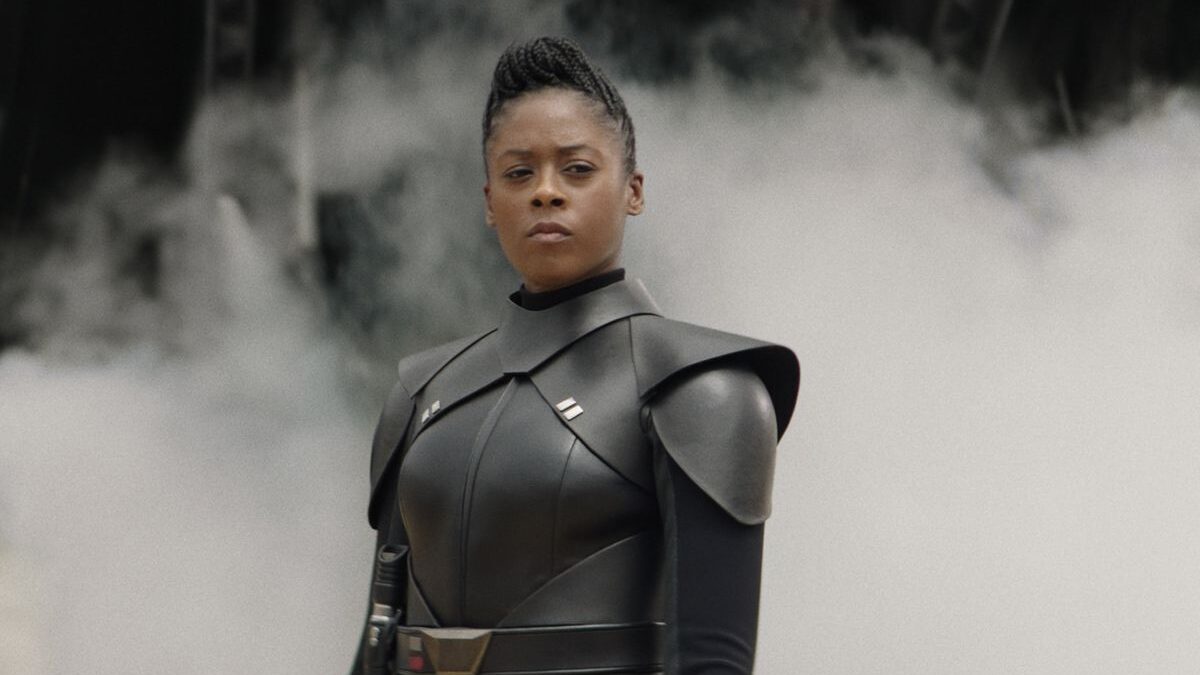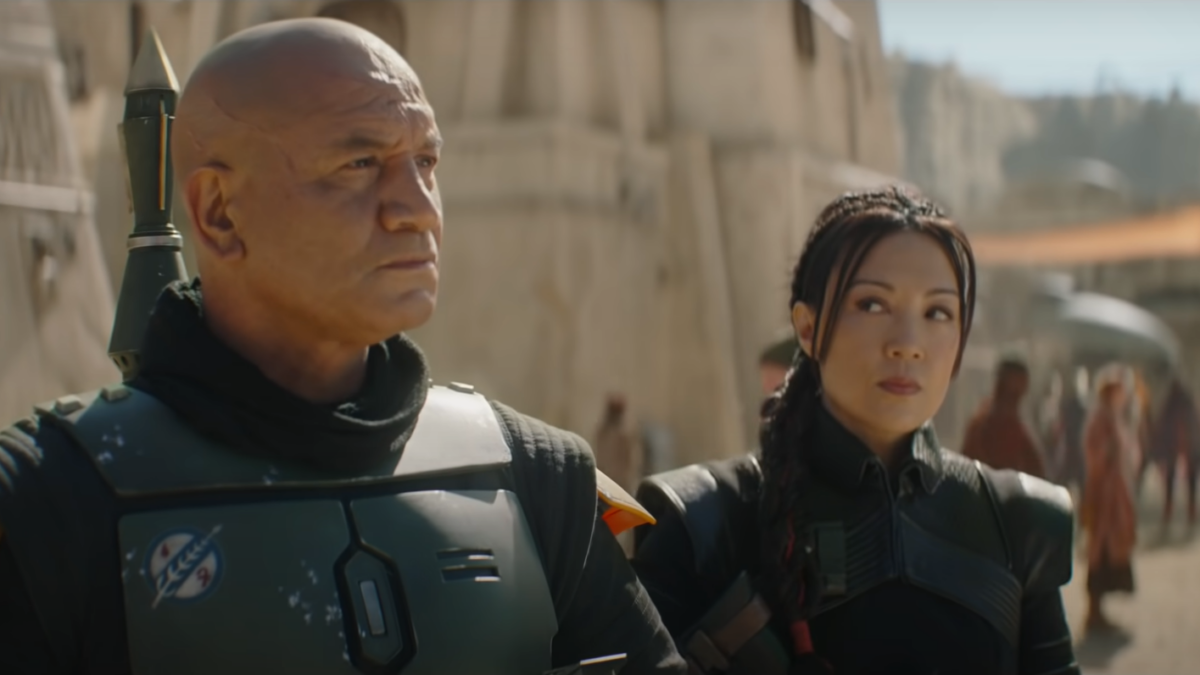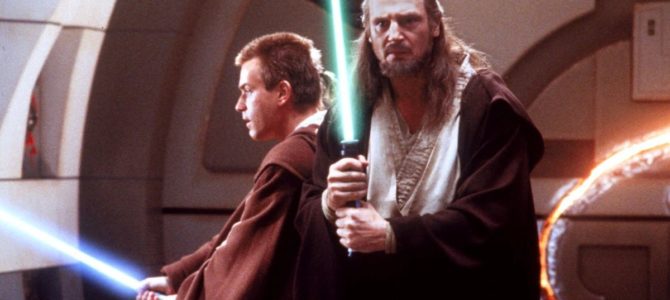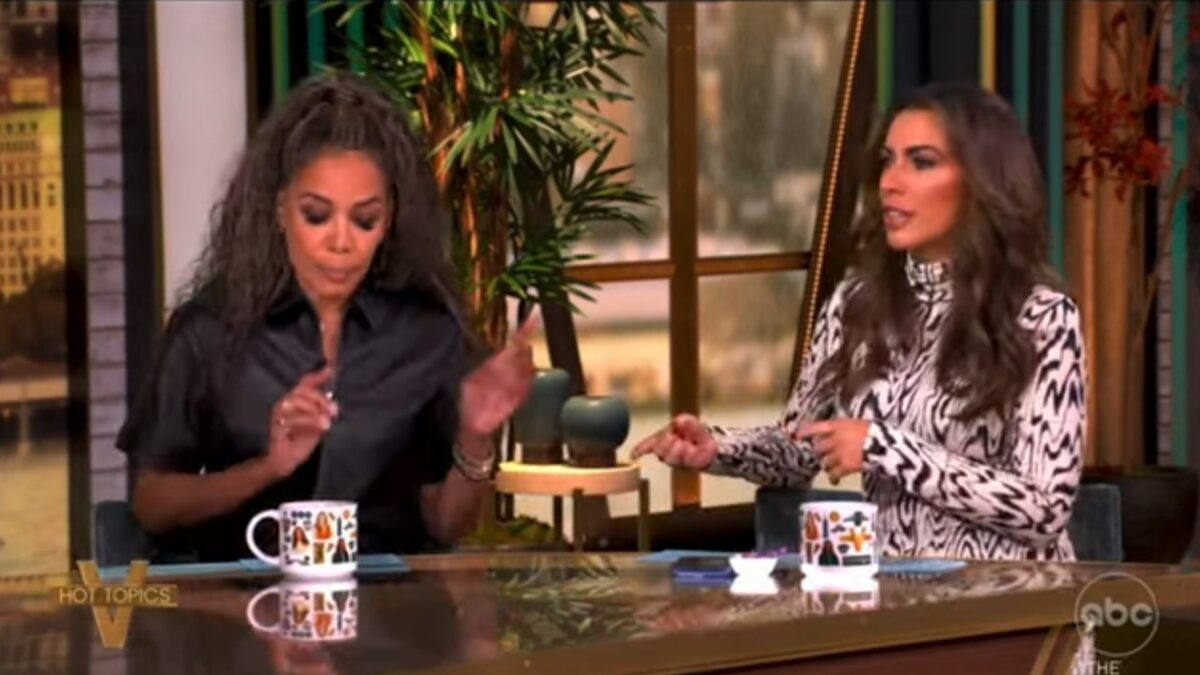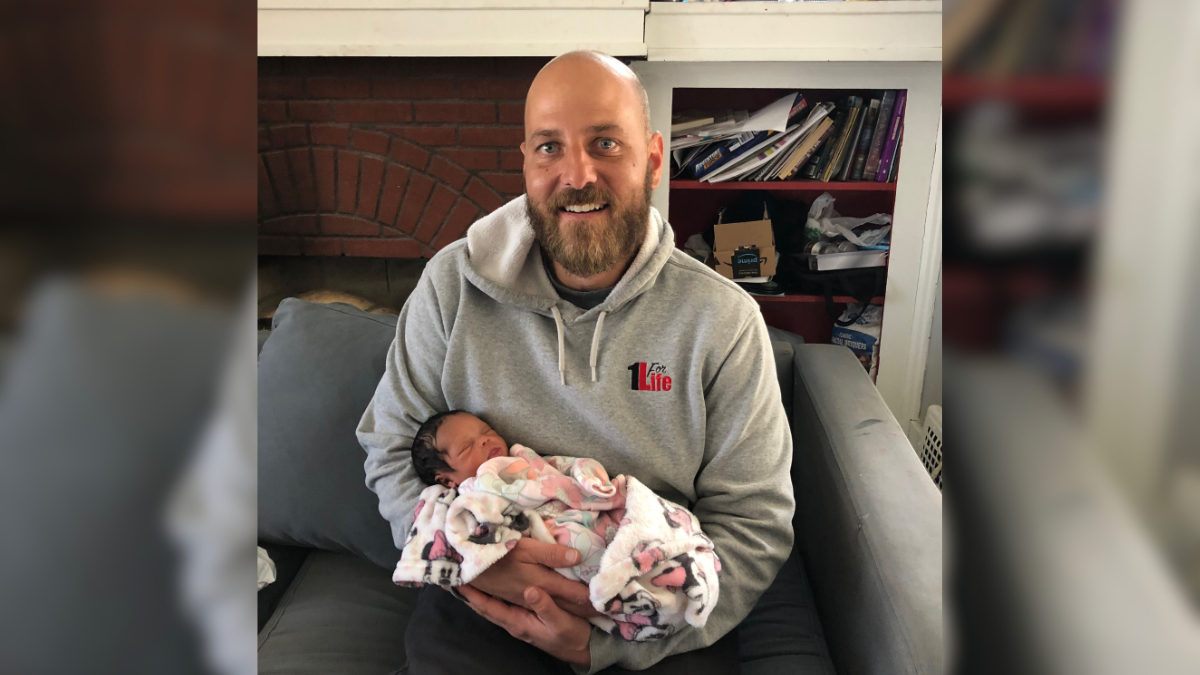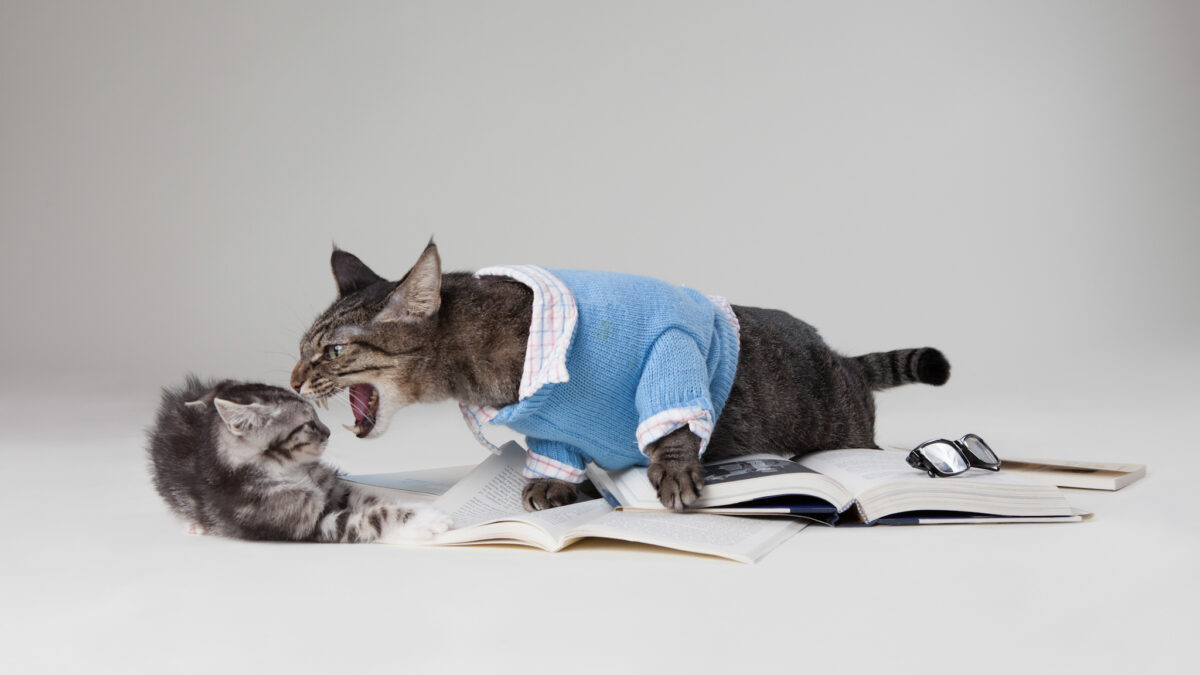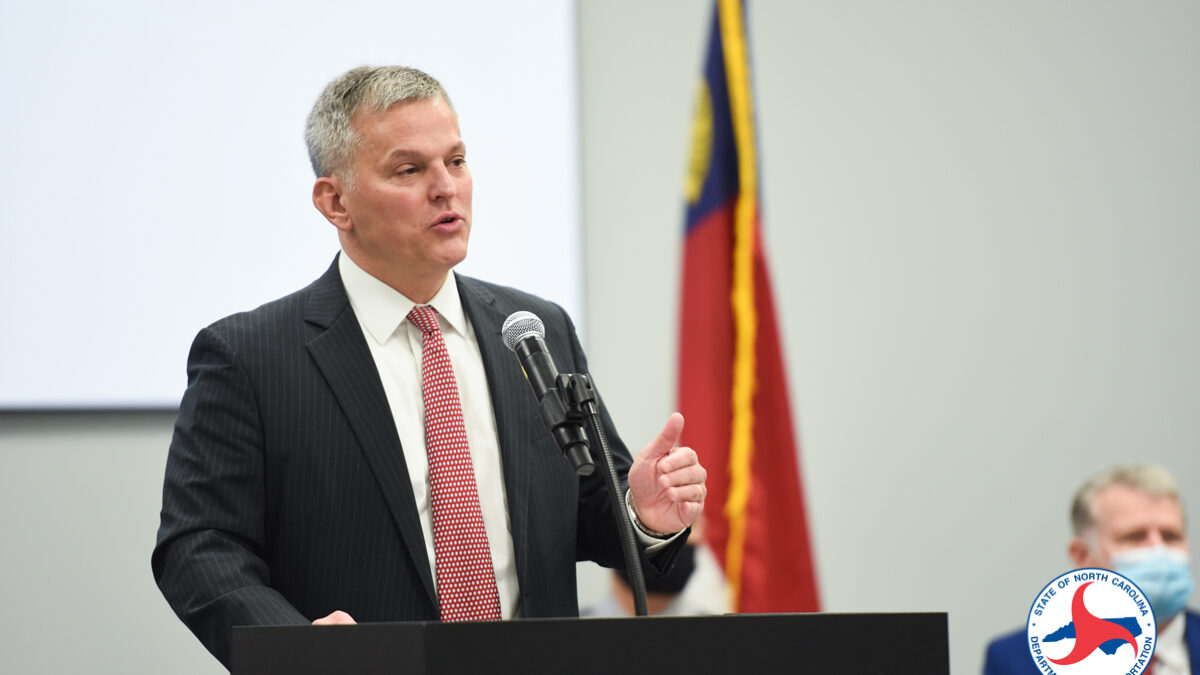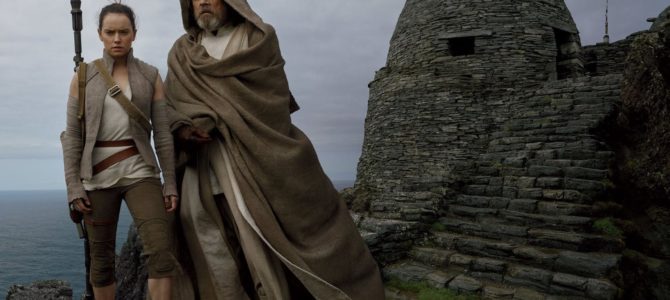
This review contains some light spoilers.
The Last Jedi is a very different film than The Force Awakens, because Rian Johnson – the writer and director of this latest entry – is a very different filmmaker than J.J. Abrams. It feels different from the very start, with a great set-piece conflict that is preceded by a joke and then manages to evoke real emotion from a brave sacrifice by a nameless character – something I don’t believe I’ve seen in a Star Wars film before, where such characters are so often reduced to the background.
The problems with the movie begin almost immediately after this set piece concludes. Fresh from battle which resulted in enormous losses for the Resistance, the movie turns to laughs. This was a key point of irritation for me. The gravity of Rogue One has been replaced by a world where massive casualties go virtually unremarked upon, because these casualties don’t include the characters from The Force Awakens. The death count in Rogue was a pittance compared to what you will see in this film, but the characters barely remark on the steady drumbeat of death that, thanks to utter incompetence on both sides, demolishes ships and lives to the point where the entire Resistance can fit on the Millennium Falcon. Great job, everyone.
The cause, perhaps, is that The Last Jedi is really a good, dark, conflicted movie about the nature and purpose of the force-sensitive in the universe. The three main characters for this interesting story are Mark Hamill, Daisy Ridley, and Adam Driver, all at their best. For the first time, subtext becomes text: should the Jedi continue to exist? What is their purpose? Is it to rule and guide the universe? To defend some high aim? Or does everything they touch, thanks to hubris or bad aims, ultimately all turn to ash?
But the problem is, that’s not the only movie you’re seeing here. The other film is essentially a couple of television episodes of Clone Wars or Rebels – enjoyable for children, colorful and ridiculous – and a drab, flat tale of conflict between characters you don’t really care about. There’s a setup that is directly plucked from the Battlestar Galactica episode “33” (but without, again, the tension focused on loss of life). There’s an utterly pointless subplot on a space casino which feels totally out of place throughout. There are dirty faced orphans caring for giant space goats. There are scenes that repeatedly make you feel as if the studio execs kept asking Johnson “but what is thinly-drawn character number three doing while this much more important scene is happening over there.” And there’s one of the worst wigs you’ll see in a major motion picture, on Laura Dern, who for some reason is an Admiral wearing a dress instead of a uniform, and makes exactly one good move in the entire movie… but that move will go into a prominent place in the Crowning Moment of Awesome archives.
This isn’t a bad Star Wars movie. It’s just an irritating one, because it could be so much better. The cartoon movie, meant to lighten the mood of a darker movie, needed to be carved out of the other one. The story should follow the characters who matter the most and are most fully known, and excise at least three utterly unnecessary ones. The jokes needed to be smoothed out. And they needed to burn that wig.
This is the ninth Star Wars movie and for me, it ranks directly in the middle of that list. The concern now becomes what comes next, when the last entry in this trilogy is handed back to J.J. Abrams. Abrams has a pattern of being great at beginning things and terrible at ending them. The tonal shift from Force Awakens to Last Jedi was an improvement – the shift back, if poorly executed, could give us all whiplash.


